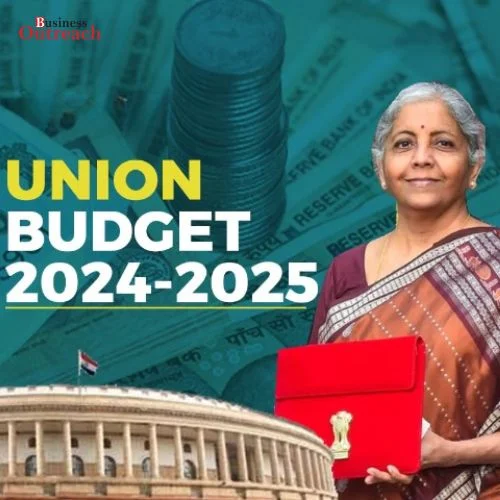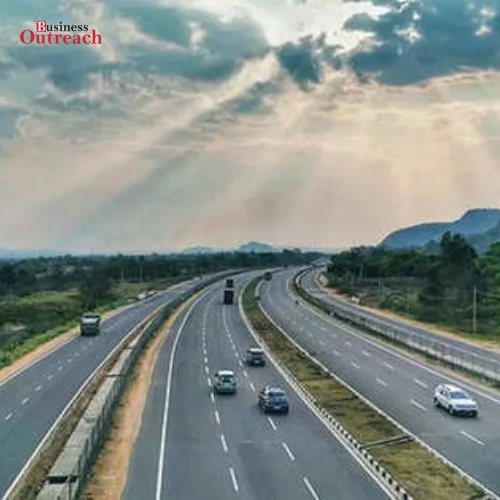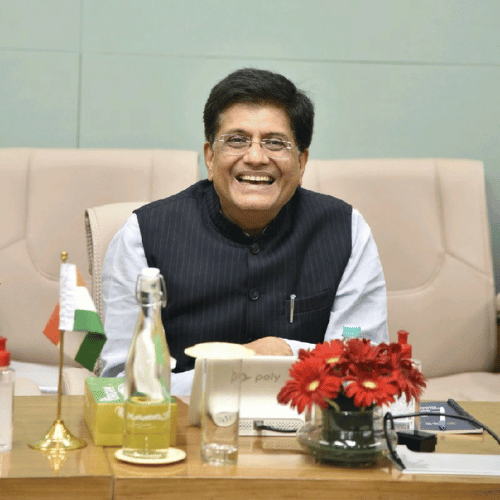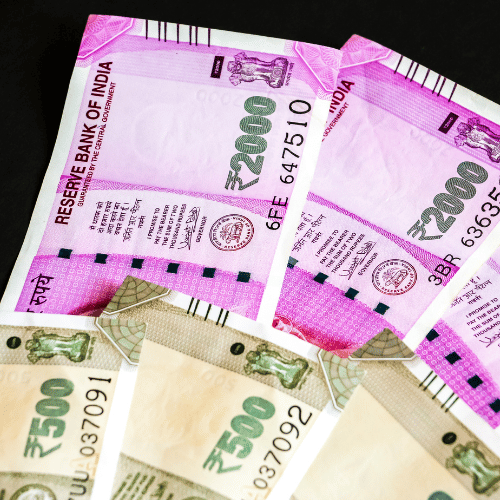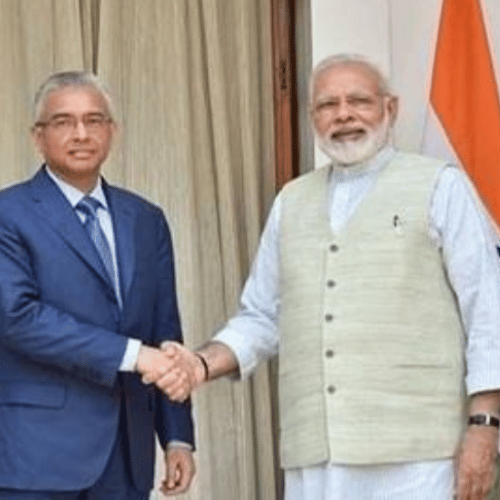Nitin Gadkari, Union Minister, said that the government has approved Rs 1,170.16 crore for 29 road projects in Ladakh.
Gadkari said in a post on social networking site X that Rs 1,170.16 crore has been sanctioned for 29 road projects in the Union Territory, including state highways and other key roadways.
In addition, the road transport and highways minister said that Rs 181.71 crore has been allotted for 8 bridges under the Central Road and Infrastructure Fund (CRIF) program for the fiscal year 2023-24.
He said that the authorized projects would increase connection to Ladakh, the biggest Union Territory in terms of territory and the second least populated in the nation.
The improved road connection is likely to encourage economic activity, notably in agriculture and tourism, while also contributing to Ladakh’s general infrastructure development, he said.
India’s infrastructure expenditure, particularly green infrastructure, is increasing. According to a recent CRISIL research, India would spend about Rs 143 lakh crore on infrastructure over the next seven fiscal years, up to 2030. This is more than double the Rs 67 lakh crore spent in the preceding seven fiscal years (FY16-17).
Green investments would account for around Rs 36.6 lakh crore of the total Rs 143 lakh crore. Interestingly, green investments have increased fivefold from FY17 to FY23. Renewable energy (Rs 30.3 lakh crore) would lead green investments in India, followed by transportation (Rs 6.3 lakh crore).
The next phase of infrastructure development will be defined by an increase in average project ticket size and a considerable number of mega-scale projects. Appropriate and consistent policy and regulatory interventions, as well as an emphasis on timely execution, provide an appealing case for multiple stakeholders to expedite infrastructure investments across sectors.
Roads and electricity are projected to continue key contributions while emerging technologies such as EVs, solar, wind, and hydrogen will accelerate.
By 2030, the percentage of EVs in total automotive sales in India is expected to be approximately 30%. Up to 2028, two-wheeler EV sales are predicted to surpass other categories, while demand for EV buses will be pushed by state transportation initiatives. In the next years, EV adoption will be aided by favorable total cost of ownership and total cost of purchase, as well as model availability for two- and three-wheelers.
The proportion of renewable energy in total capacity is expected to increase fourfold between fiscal years 2023 and 2030. Solar will provide half of the additional non-fossil generation. Emerging technologies such as ‘photovoltaics’ (floating solar), offshore wind technology, and green hydrogen are becoming more important.
The hydrogen industry is expected to garner significant investments of Rs 1.5 lakh crore between FY24 and FY30, thanks to government incentive programs. Mandates for green hydrogen usage and incentive schemes will be critical here, given that the cost of producing green hydrogen is double that of producing fossil-based hydrogen.








